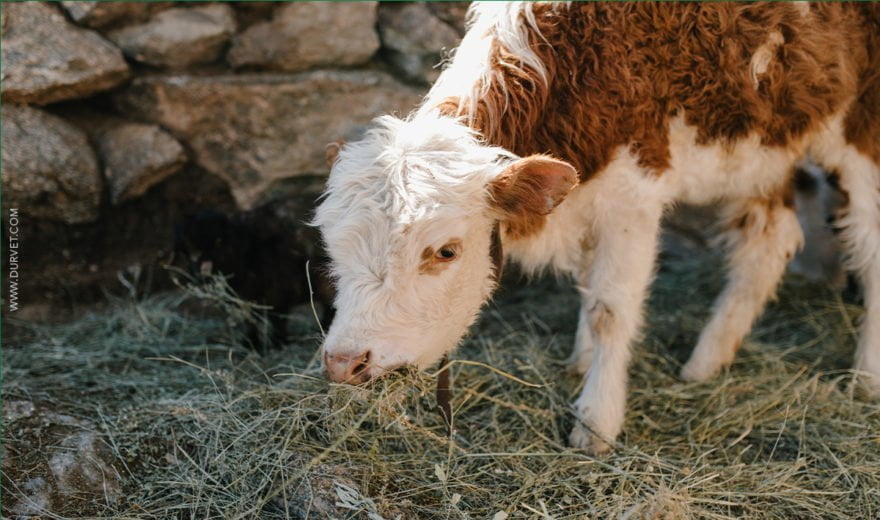
Stress caused by harsh winter elements combined with a low-quality feed supply can be the perfect recipe for scours in calves. Scours is a term for diarrhea and is the primary cause of death in calves from 2 to 30 days of age. Scours can be caused by a variety of infectious agents such as viruses, parasites and bacteria. The exact cause is less important than recognizing and treating the symptoms promptly.
The primary harm scours causes is dehydration, loss of electrolytes and inflammation of the intestinal lining. This dehydration and loss of body salts causes symptoms such as sunken eyes, watery stool, lethargy, swaying while walking or being unable to stand. These factors combined cause weight loss and low blood sugar, which can lead to death if not treated in a timely manner.
Scours can have a variety of causes - both infectious and non-infectious. Research shows healthy-appearing adult cattle can shed many of the infectious agents through fecal matter. Pregnant heifers are the most common source of shedding and it tends to increase as the cow approaches birth or with colder weather. Often, farmers focus on the infectious causes, but there are also many non-infectious factors that shouldn't be ignored. Poor nutrition, inconsistent feeding schedule or incorrect temperature and mixing of milk can all cause scours.
When treating scours, the highest priority should be restoring the lost water and electrolytes through fluid therapy - either oral or intravenous. This restores hydration and replaces salts in the calf's body fluids. Some calves may require extra nutritional or thermal support.
Like everything on the farm, prevention is better than treatment. Preventing of scours should start before the calf is even born. Vaccinating while the cow is pregnant can improve the quality of colostrum passed to the calf. Make sure your cow is in a clean and dry calving environment where exposure to pathogens are less likely. After birth, four quarts of good quality colostrum should be fed within the first two hours of life. Consistency in timing and temperature of feeding is also important to keep the calf on track. You should strive to deliver the same product at the same time every day to keep calves healthy.
Sources: Michigan State University Extension, University of Minnesota Extension

 BACK TO MAIN BLOG
BACK TO MAIN BLOG 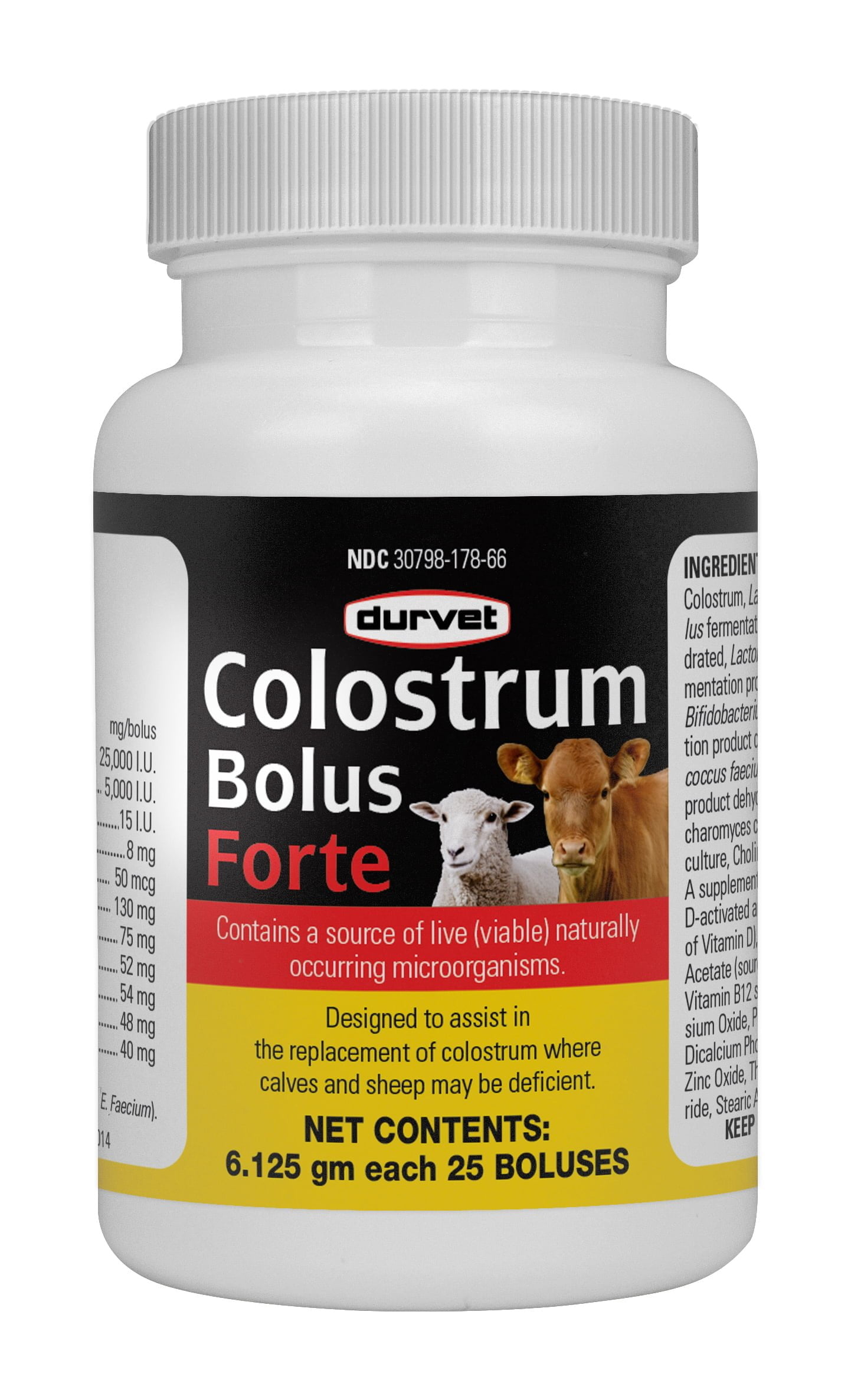

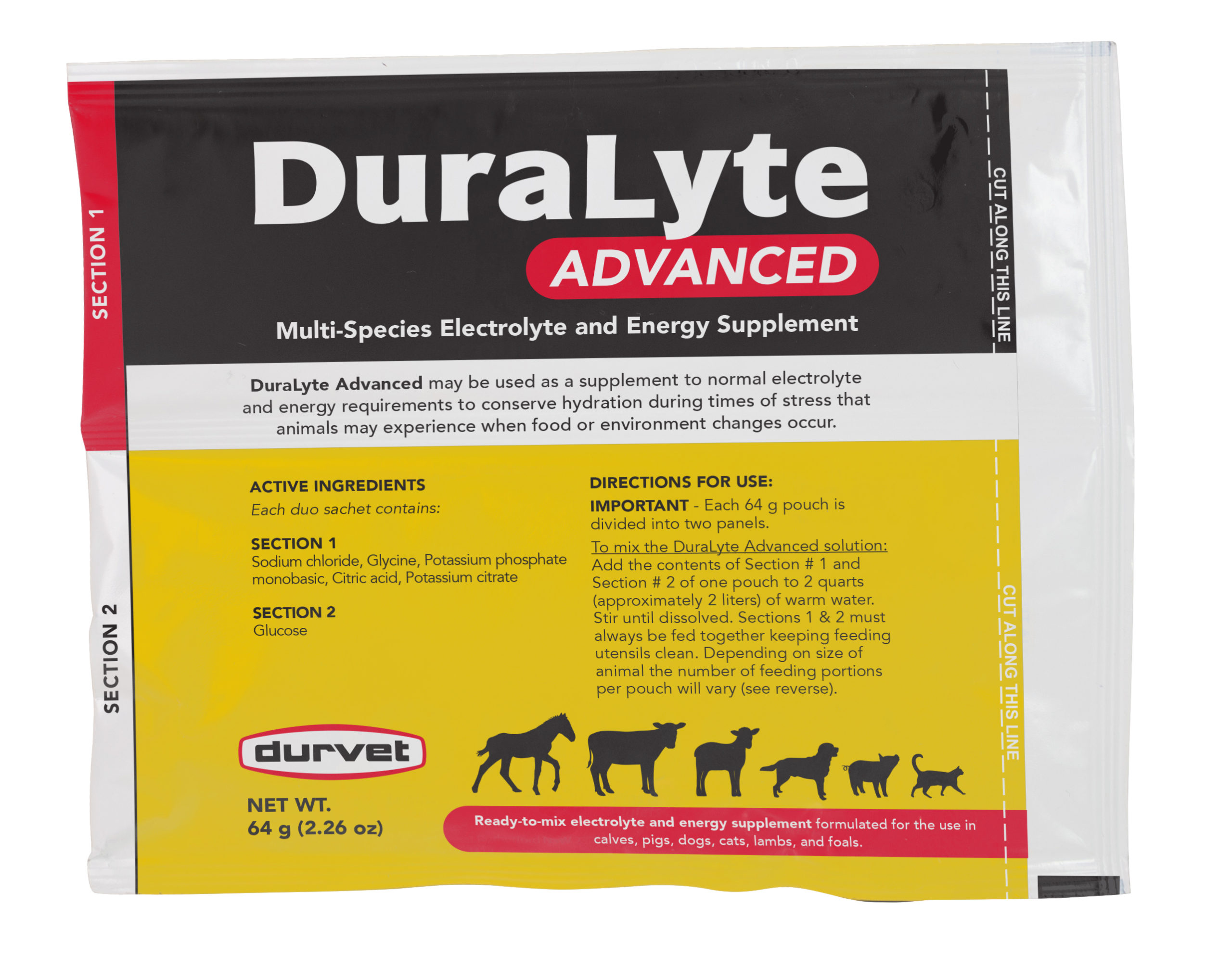
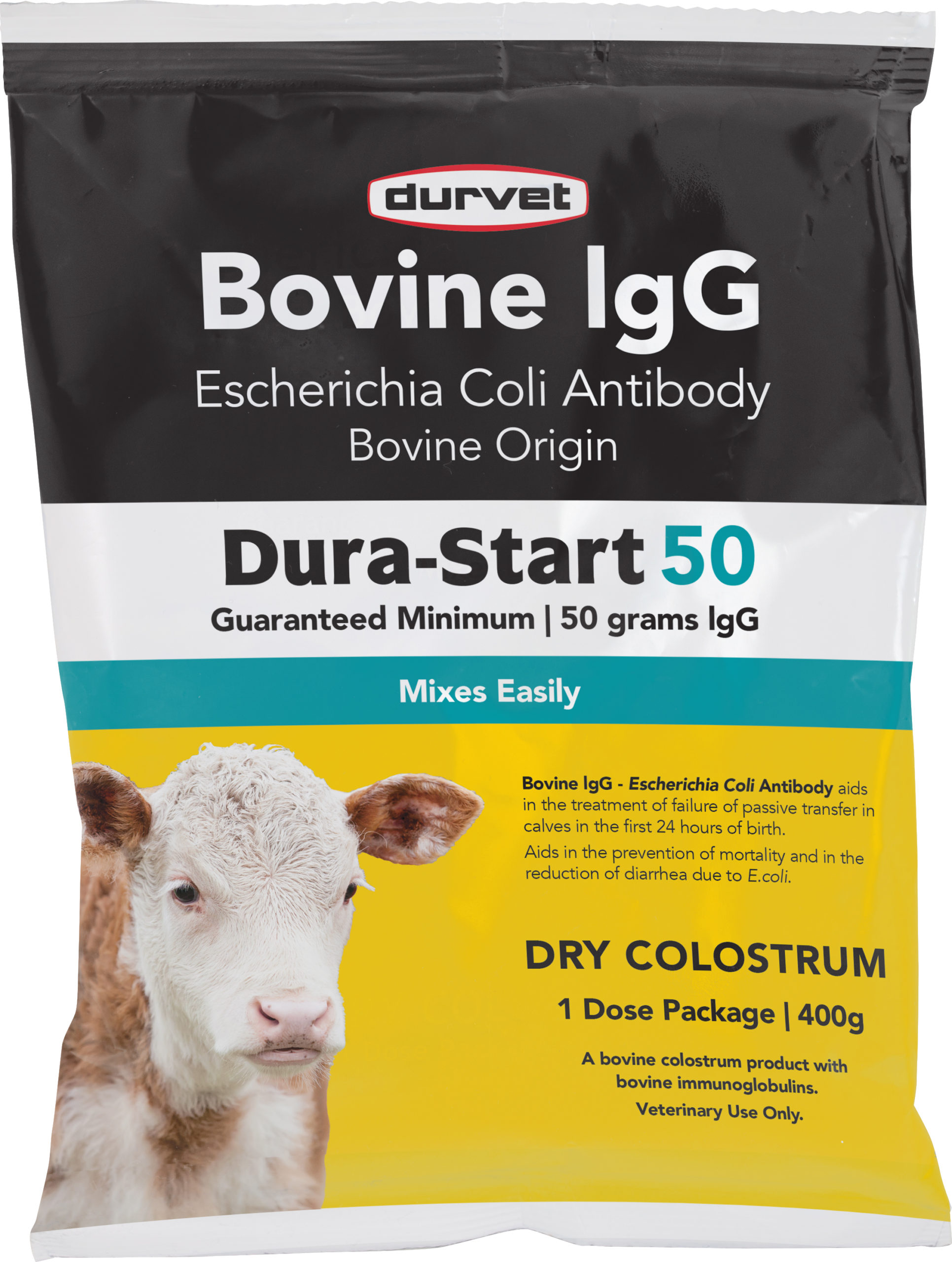
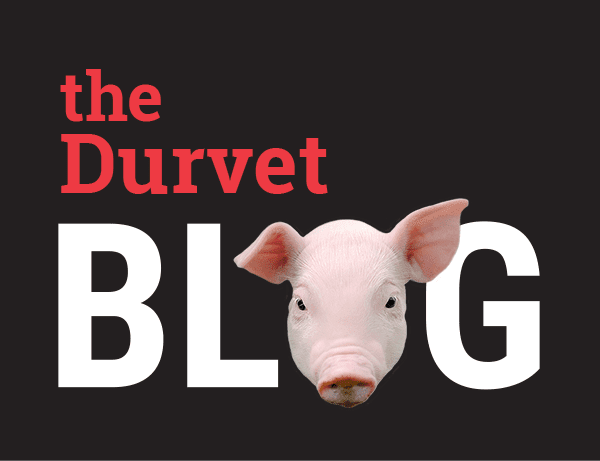
Comment